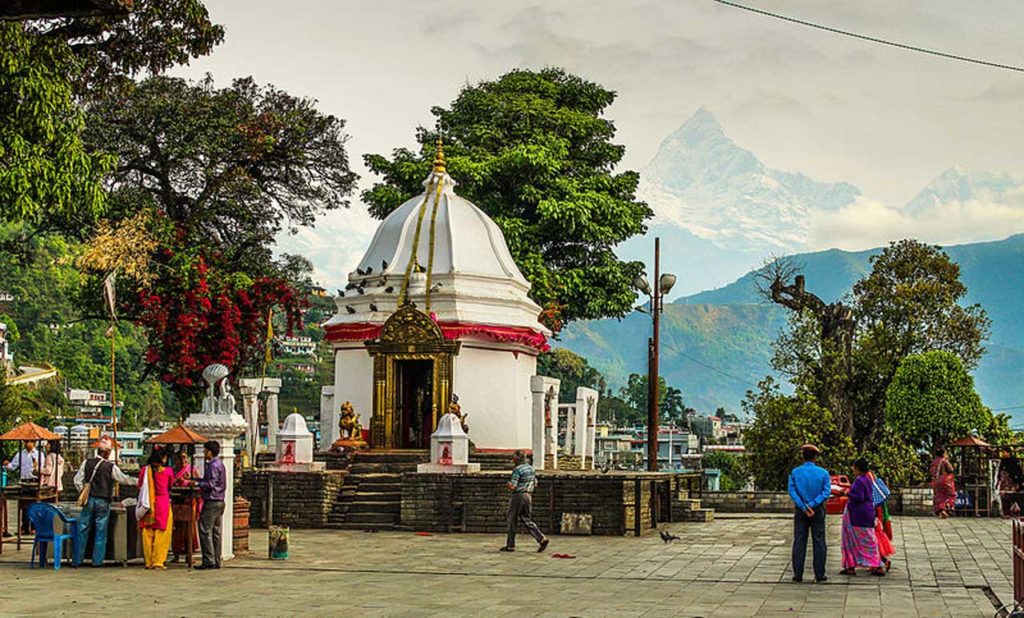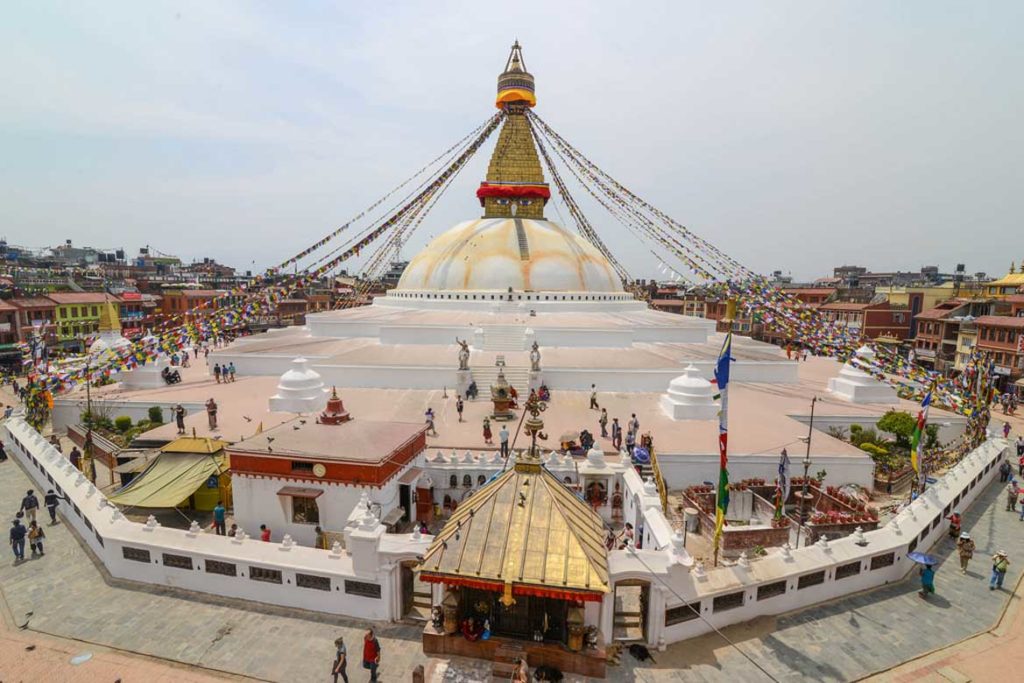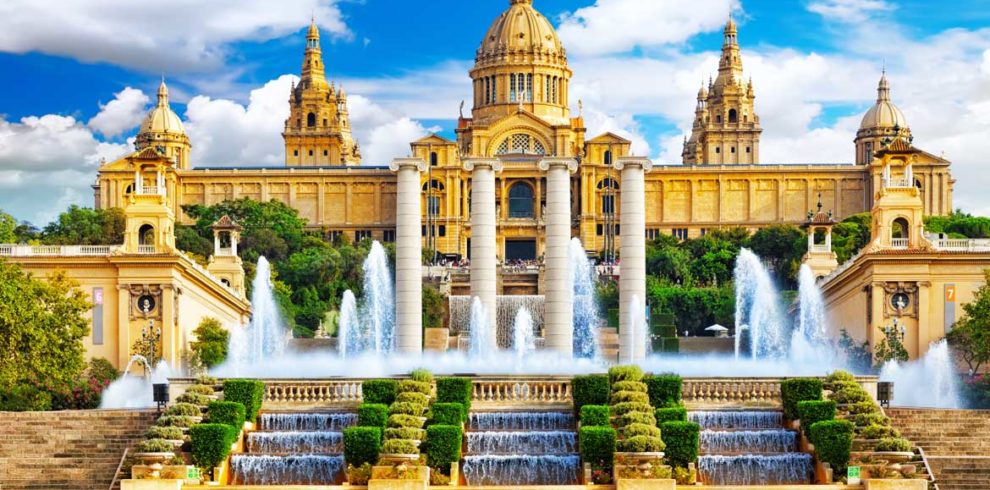Meeting at airport upon arrival by Office Personnel. Kathmandu is the capital of Nepal and the Kathmandu Valley is the political and cultural heart of the Kingdom.Welcome to an ancient Himalayan nation that offers a fascinating culture, incredible scenery, very warm and friendly people, great trekking opportunities, and a whole lot more. With the exception of congested Kathmandu, Nepal has charming, laid back cities and towns, along with picturesque wildlife parks that are home to many endangered species. The unfortunate picture (of the effects of the 2015 earthquake) painted by the media, like much of what they do, is severely exaggerated. For example, the three ancient temples, all UNESCO World Heritage sites, in Kathmandu received very little, or no, damage. The three Durbar Square’s (all of which are also UNESCO World Heritage Sites) in the queen cities of the Kathmandu Valley did receive fairly heavy damage, but most of their monuments are still standing and still provide wonderful insights into the local culture over the last millennia.It is a panoramic thrill flying into Kathmandu on a clear day. The views of snow-capped mountain peaks sprawling down below you are almost ecstatic, beginning a whole chain of memorable experiences that stay with you for a long, long time. A representative and driver from AK Holidays Treks & Tours will meet you at the airport and escort you to Hotel. The representative will help you check into hotel. At the hotel you will be briefed about your daily activities. Check In. Overnight at hotel.
Full day sightseeing tour of Pashupatinath, Boudhanath Stupa, Kathmandu city and Swoyambhunath Stupa
After breakfast, sightseeing tour of Pashupatinath Temple, Boudhanath Stupa, Kathmandu city and Swoyambhunath Stupa.
Pashupatinath: Pashupatinath is the holiest Hindu pilgrimage destination in Nepal. There are linga images of Shiva along with statues, shrines, and temples dedicated to other deities in the complex. A temple dedicated to Shiva existed at this site in AD 879. However, the present temple was built by King Bhupatindra Malla in 1697. A gold-plated roof, silver doors, and woodcarvings of the finest quality decorate the pagoda construction. Guheswari Temple, restored in AD 1653, represents the female "force". It is dedicated to Satidevi, Shiva's first wife, who gave up her life in the flames of her father's fire ritual.A circuit of the Pashupati area takes visitors past a sixth-century statue of the Buddha, an eighth-century statue of Brahma the creator and numerous other temples. Some other places to visit are Rajrajeswari Temple, built in 1407, Kailas with lingas more than 1,400 years old, Gorakhnath temple, and the courtyard of Biswarup. There are rows of Shiva shrines and Hindu pilgrims from all over South Asia offering puja worship to Shiva, tile Lord of Destruction.The Bagmati River flows close by and the Arya Ghat cremation grounds are here. We strongly advise photographers not to take photos of cremations and of bereaved families. Sadhus, sages who follow the lifestyle of Shiva, may be seen covered in ashes and loin-cloths. They ask for money in case you want to take their photos. The main Pashupatinath courtyard may be entered by those of Hindu faith only.
Boudhanath: Boudhanath is among the largest stupa in South Asia, and it has become the focal point of Tibetan Buddhism in Nepal. The white mound looms thirty-six meters overhead. The stupa is located on the ancient trade route to Tibet, and Tibetan merchants rested and offered prayers here for many centuries. When refugees entered Nepal from Tibet in the 1950s, many of them decided to live around Boudhanath. They established many gompas, and the "Little Tibet" of Nepal was born. This "Little Tibet" is still the best place in the Valley to observe Tibetan lifestyle. Monks walk about in maroon robes. Tibetans walk with prayer wheels in their hands, and the rituals of prostration are presented to the Buddha as worshippers circumambulate the stupa on their hands and knees, bowing down to their lord. Many people believe that Boudhanath was constructed in the fifth century, but definite proof is lacking. The stupa is said to entomb the remains of a Kasyap sage who is venerable both to Buddhists and Hindus.
One legend has it that a woman requested a Valley king for the donation of ground required to build a stupa. She said she needed land covered by one buffalo's skin and her wish was granted by the King. She
cut a buffalo skin into thin strips and circled off a fairly large clearing. The king had no choice but to give her the land. The Boudha area is a visual feast. Colorful thangkas, Tibetan jewelry, hand-woven carpets, masks, and khukuri knives are sold in the surrounding stalls. Smaller stupas are located at the base. Gompa monasteries, curio shops, and restaurants surround Boudhanath. Conveniently situated restaurants with roof-top patios provide good food and excellent views of Boudhanath.
Kathmandu Durbar Square: This complex of palaces, courtyards and temples, built between 12th and 18th Centuries, used to be the seat of ancient Malla Kings of Kathmandu. It is the place where kings of Nepal are crowned and their coronations solemnized. An intriguing piece here is the 17th century stone inscription set into the wall of the palace with writings in 15 languages. Kumari Temple: Kumari temple is the residence of the Living Goddess. Kumari, known as Virgin Goddess has got some specialties, she must be chosen from a typical Newari cast with no body marks & injuries & will be replaced by another Kumari after puberty. Kasthamandap: Kasthamandap is believed to be constructed from the wood of a single tree in the sixteenth century situated near to the Kumari Temple. The name Kathmandu was named after this.
Swoyambhunath: The four seeing eyes of Swoyambhunath Stupa watch over the valley from the top of 77-m high hillock on western side. This most glorious Stupa in the world is one of the holiest Buddhist sites in Nepal and its establishment is linked to the creation of Kathmandu valley out of a primordial lake. The surroundings of the Swoyambhunath are covered with small Chaityas & monasteries as well as some Hindu temples. The National Museum and the Museum of Natural History are situated at the foot of the hill. Overnight in Hotel.
Fly to Pokhara. Pokhara is a remarkable place of natural beauty. At an elevation lower than that of Kathmandu, it has much more tropical feel to it; a fact well appreciated by the beautiful diverse flowers that prosper in this environment. The enchanting city with a population of around 95,000 has several beautiful lakes and offers stunning panaromic views of Himalayan peaks. The valleys surrounding Pokhara is home to thick forest, gushing rivers, emerald lakes and of course, the views of world famous Himalayas. The serenity of the lakes and the magnificence of the Himalayas rising behind them create an ambience of peace and magic.Overnight in Hotel
Sightseeing tour of Pokhara city.
After breakfast, sightseeing tour to Pokhara including visit to Davis Fall, Gupteshwor Mahadev, Seti River, and Bindabasini Temple. PM: 1 hr boat ride on Phewa Lake.
DAVISFALLs: Davis Fall is an interesting spot to be visited in Pokhara. An interesting aspect of the fall is that the water travels through a natural tunnel prior. On 31 July 1961, a Swiss couple Davi went swimming but the woman drowned in a pit because of the overflow. Her body was recovered 3 days later in river Phusre with great effort. Her father wished to name it “Davi’s fall” after her. Its Nepali name is Patale Chango, which means “underworld waterfall” – This is one of the most visited places in Nepal.
GUPTESHWOR MAHADEV CAVE: Gupteshwor Mahadev is a beautiful cave just opposite to Davis Fall. A giant stalagmite within this cave is honored as a Shiva lingam and the devout flock here to pray. Entry tickets allow you to enter the temple. For some extra money, you can also obtain entry to the tunnel behind, which comes out at a wet cavern right behind the gushing Devi's fall. Once inside the cave, look up at the ceiling and you will see detritus and branches in cracks in the rock. These have actually been pushed up there by floodwaters that fill the cave during the monsoon.
SETI RIVER: It is mysterious wonder of Pokhara, originated from the Machhapuchhre glacier. Seti (which means white in Nepali) River runs through the main city area in about 40 meters depth. The river provides a perfect view of its dreadful rush before it disappears at Bagar into a deep gorge. The gorge is visible from the bridges in the city.
BINDABASINI TEMPLE: Bindabasini temple: Bindabasini Mandir is of great religious importance to Hindus living in the Pokhara region. It is a vital hub of religious fervor. The temple itself is dedicated to the Hindu goddess Durga, who is Pokhara’ s chosen guardian deity. Durga, also known as Shakti or Kali has numerous manifestations and at the Bindabasini temple, she is seen as Bhagwati, a bloodthirsty aspect of the goddess. Durga appears in the form of a Saligram. A Saligram, according to Hindu mythology is a propitious stone. It is said that the temple was created after the goddess ordered king Khadag Bum Malla to set up her statue here. The Bindabasini temple was then founded in BS 1845. Since its establishment, Bhagwati has been an object of worship here on a daily basis. Animal sacrifices are typically presented at the temple on Saturdays and Tuesdays. The Hindu festival of Dashain sees large numbers of believers coming to offer sacrifices at Bindabasini Mandir. Indeed, there is little space for tourist during the festival of Dashain.
BOATING ON PHEWA LAKE: Spend a quiet time boating in the ultimate lake where the reflections of Mount Annapurna and Machhapuchhare range falls. You will also see a variety of fishes while boating. An island temple is located at the middle of the lake. Thick forest lies on the adjoining southern slopes of the lake. It’s hard to escape the draw of Phewa Lake and any visitor with even a few spare minutes should endeavour to take a boat out on the water to fully experience the wonderful views of the reflected mountains.Overnight in Hotel.
Fly to Bharatpur/ Chitwan. Chitwan National Park is a large and beautiful nature reserve occupying 932 sq. km. of land inhabitant of endangered royal Bengal tiger and the one-horned Indian rhino. Chitwan National Park was protected since the 19th century as a hunting reserve for Nepali royals and foreign aristocrats. In a famous hunting expedition, King George V and his son Edward VIII managed to slaughter 39 tigers and 18 rhinos in a single blood-soaked afternoon. Unfortunately, habitat loss and poachers continue to decimate the number of tigers and rhinos. Today, there are less than 80 tigers and 500 rhinos left in the Park. There are more than 50 species of mammals in Chitwan including monkeys, tigers, leopards, sloth bears, wild boar, hyenas, deer, elephants and rhinos. There are also 450 different species of birds and 67 species of butterflies. The main attraction of Chitwan is the Elephant Safari. It is a unique experience to explore the jungle on the back of a trained elephant. While you are not likely to see the Bengal tiger, you should be able to see the Indian rhino and enjoy one of the nicest nature reserves of the Indian sub-continent.
Jungle activities as per lodge program. The jungle activities include two activities each day in 2 night 3 days program.
Elephant Back Safari: Seated high on the back of a trained elephant exploring the grasslands and core area of the park, you become an integral part of the life of the Chitwan National Park. The elephant safari, though not the most comfortable rides, is an amazing experience. In addition, it does not take long to spot at least a rhino in these forests.
Jungle / Nature Walk: Take an exciting and invigorating walk through the lush sub-tropical jungles of Chitwan. Our trained naturalists take you to prime spots to view deer, rhinos, sloth bears and other wildlife. They will also give you interesting information about the various plants and animals of the jungle throughout your walk.
Bird Watching Tour: Chitwan is the best destination for bird watching. The birds found here are Cormorants, Lesser Adjutant Stork, Blue Indian Roller, Hornbills, Stork billed Kingfishers, Grey headed Eagles, Ruby Cheeked Sunbird, Bengal Florican, Large tailed Night jar, Asian Paradise Flycatcher, Beaters & Lesser Florican etc. More than 500 species have been recorded only in Chitwan.
Boating / Canoeing Trip: Canoe Ride an active package program. This include in every packages. Canoe ride along the Rapti river will be an excellent opportunity for Bird Watching and for seeing the 2 rare species of crocodiles; the Marsh Mugger and the fish eating Gharial.
Tharu Cultural Show: In Chitwan, there is Tharu social groups, which they show their unique performance. In the evening before dinner, Tharu cultural dance performances used to be held. Along this performance, you will be holding drinks and roasted meats to make you more entertainer.
Jeep Drive: (available per lodge arrangement) :Jeep Drive one of the active and exciting activity for Jungle safari. Jeep drive include in above 3 nights four days package but on your special request, it can be done the day you refer. Jeep Drive goes through the grasslands, riverine forests and sal forests to Kasara (the National Park’s headquarters) Gharial Hatchery Farm where you will learn about how crocodiles are brought up at this farm & then later released into the rivers.
Drive or Fly back to Kathmandu.
PM: free for personal nature or share light moments shopping.
Morning will be comparatively free and closer to the time of your flight, you will be transferred to the airport in time to board your flight for onward journey.






